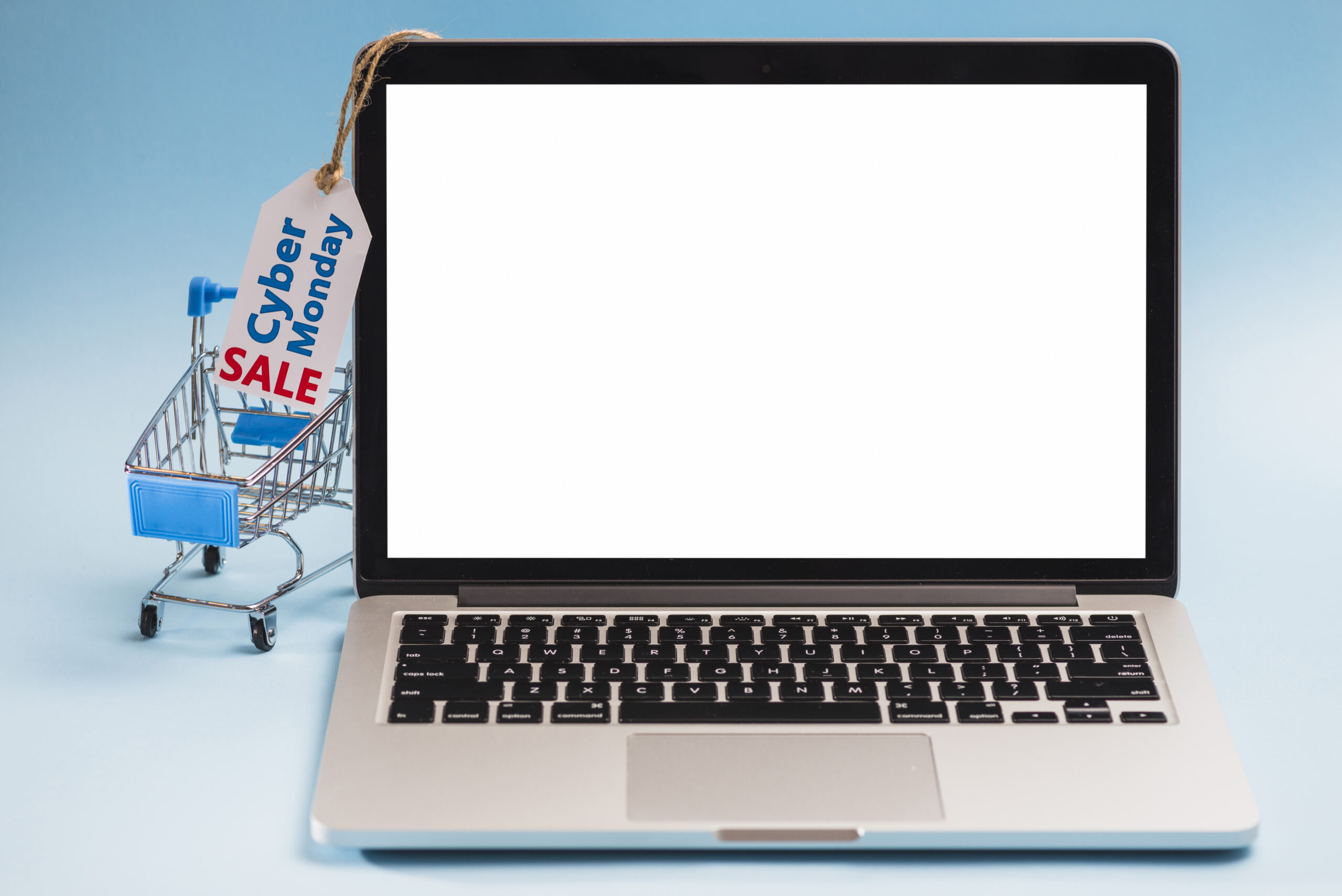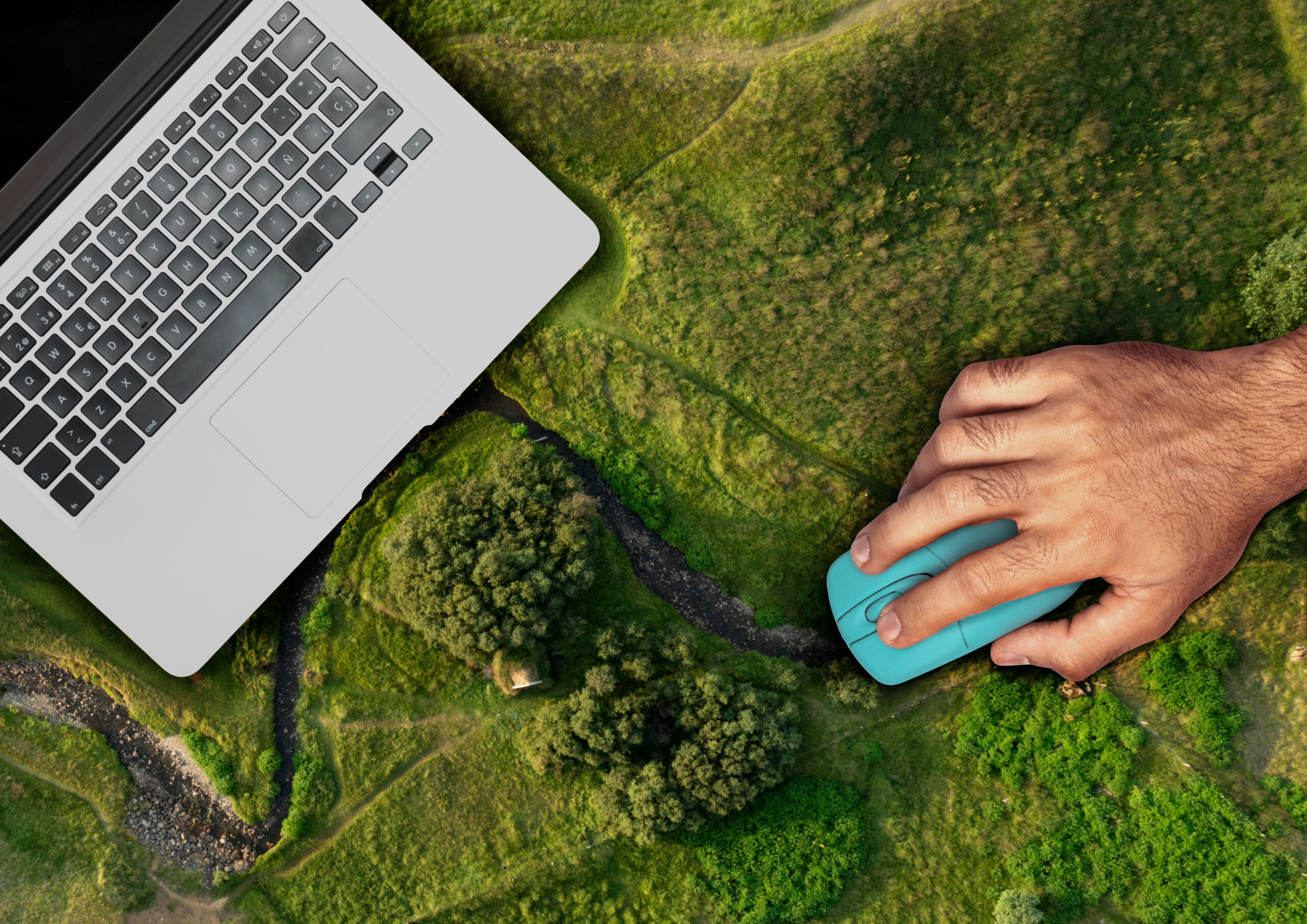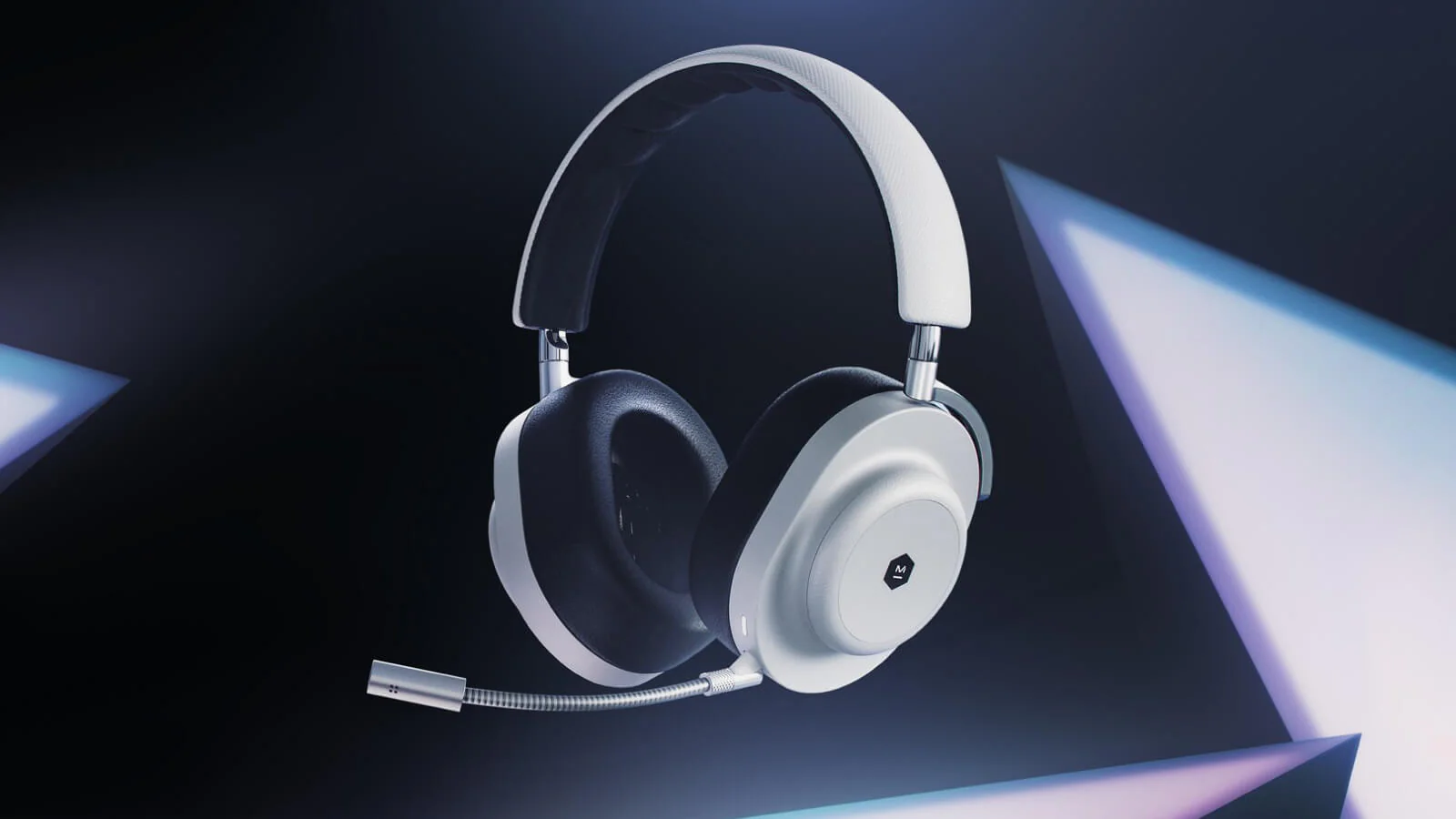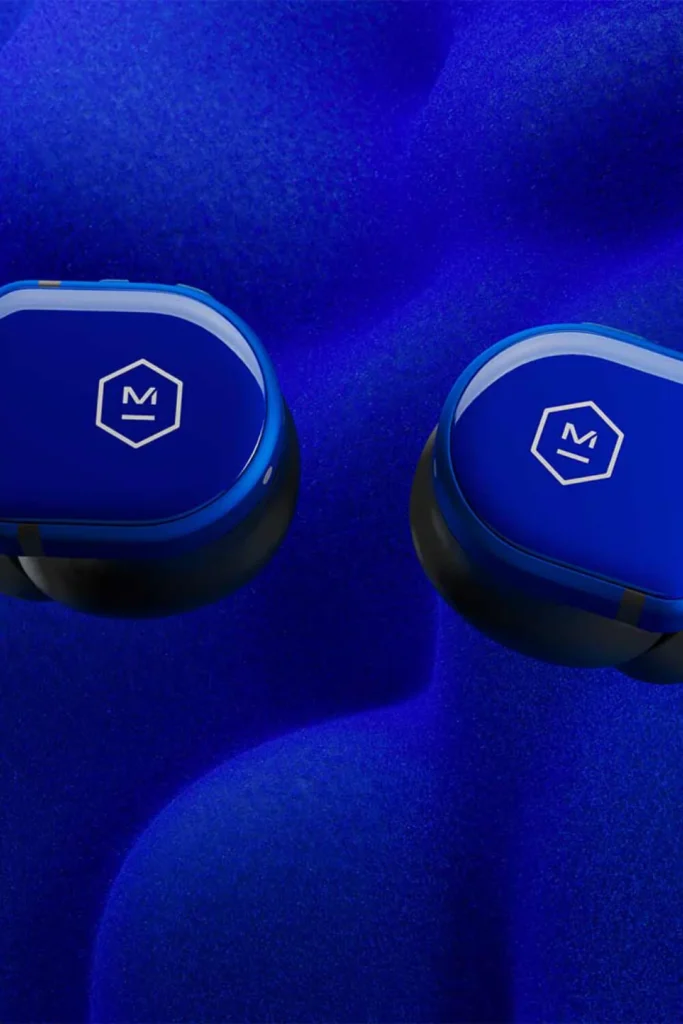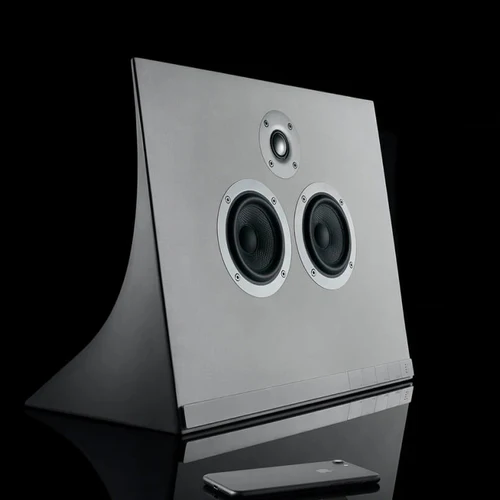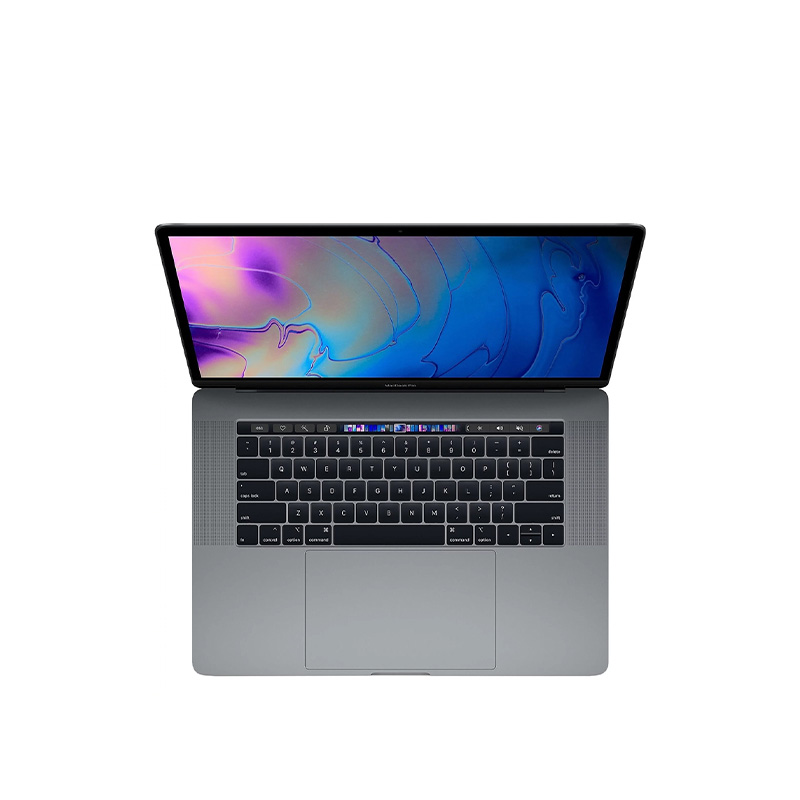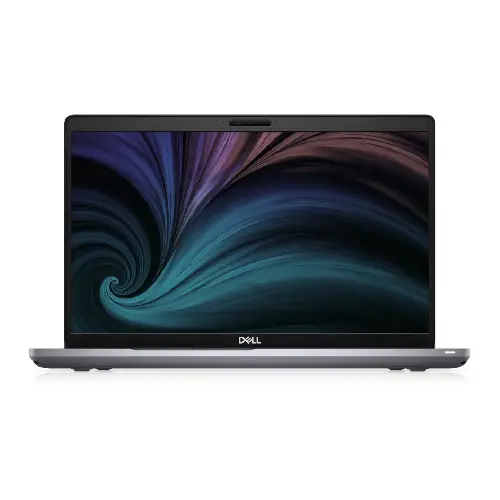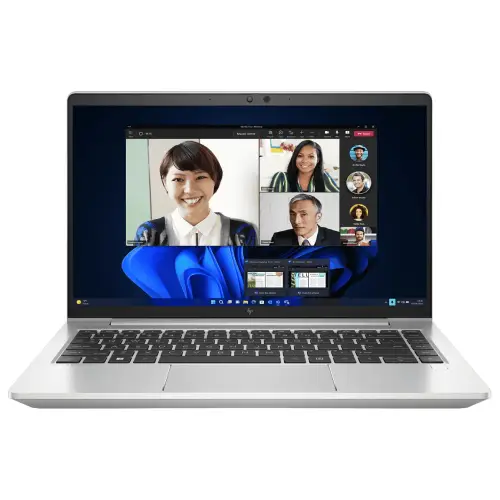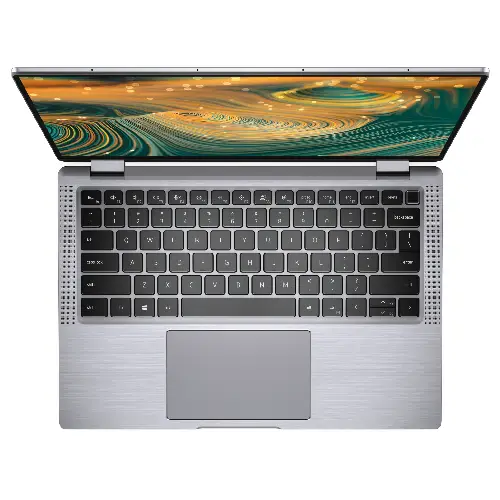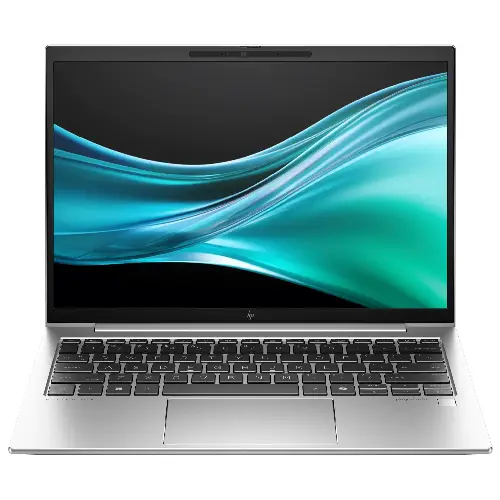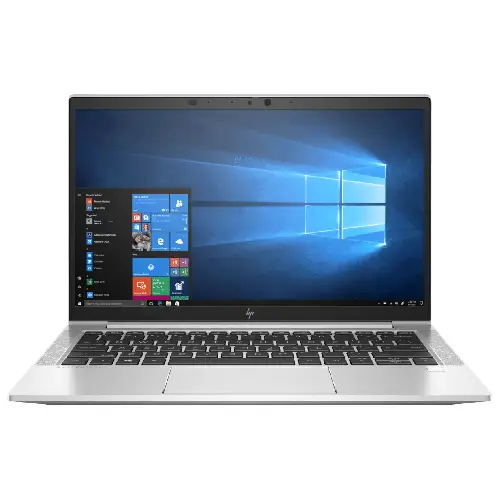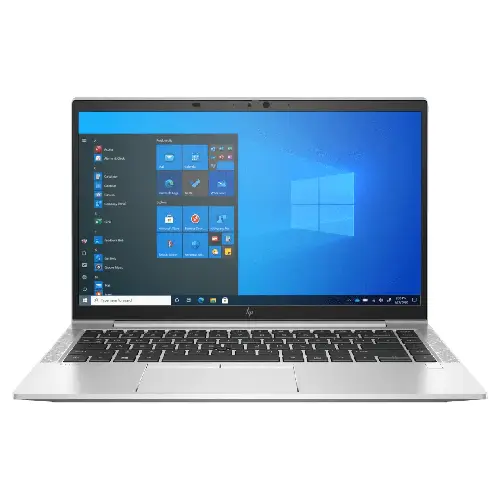Refurbished laptops offer an affordable and sustainable way to access high-quality technology. However, buying one requires careful consideration to ensure you get the best value for your money. Here’s a step-by-step guide to help you make an informed purchase.
Step 1: Understand What “Refurbished” Means
Refurbished laptops are pre-owned devices restored to like-new condition. They undergo rigorous testing, repairs, and cleaning to meet manufacturer or refurbisher standards. Many refurbished laptops also come with warranties and updated software.
Step 2: Choose a Reputable Seller
- Manufacturer Refurbished: Laptops refurbished by original manufacturers like Dell, HP, or Apple often come with higher quality assurance.
- Certified Refurbishers: Look for sellers certified by programs like Microsoft Authorized Refurbisher (MAR).
- Avoid Unknown Sources: Stay away from uncertified sellers or marketplaces with poor reviews.
Step 3: Check the Warranty and Return Policy
- Warranty: A warranty of at least 90 days is a good sign of quality assurance. Some sellers offer extended warranties for an additional cost.
- Return Policy: Ensure there’s a clear return or exchange policy in case the laptop doesn’t meet your expectations.
Step 4: Inspect the Specifications
- Processor: Look for at least an Intel Core i5 or AMD Ryzen 5 for general use. For advanced tasks, consider higher-end processors.
- RAM: 8GB is ideal for most users; upgrade to 16GB for gaming or professional software.
- Storage: SSDs are faster and more reliable than HDDs. Aim for at least 256GB SSD storage.
- Screen Quality: Check the resolution (Full HD or higher) and ensure there are no dead pixels or screen damage.
Step 5: Assess the Laptop’s Physical Condition
- Exterior: Look for scratches, dents, or other cosmetic damage.
- Keyboard and Trackpad: Test for responsiveness and wear.
- Ports and Hinges: Ensure all ports function and hinges are sturdy.
Step 6: Verify Battery Health
Refurbished laptops often come with replaced or reconditioned batteries. Ask the seller for the battery’s health status or usage history.
Step 7: Test Performance
- Boot Time: A refurbished laptop should boot quickly without lag.
- Software: Verify that the operating system is pre-installed and updated.
- Connectivity: Test Wi-Fi, Bluetooth, and any other connectivity features.
Step 8: Compare Prices
Refurbished laptops typically cost 20-40% less than new ones. Compare prices across multiple platforms to ensure you’re getting a fair deal.
Step 9: Ask About Accessories
- Charger: Ensure the laptop comes with a compatible charger.
- Extras: Some sellers include accessories like laptop bags or docking stations.
Step 10: Read Reviews and Testimonials
Customer reviews can provide insights into the seller’s reliability and the laptop’s performance. Look for feedback on after-sales support as well.
Conclusion
Buying a refurbished laptop is a smart choice for budget-conscious and eco-friendly consumers. By following these steps, you can confidently purchase a laptop that meets your needs without compromising on quality.

